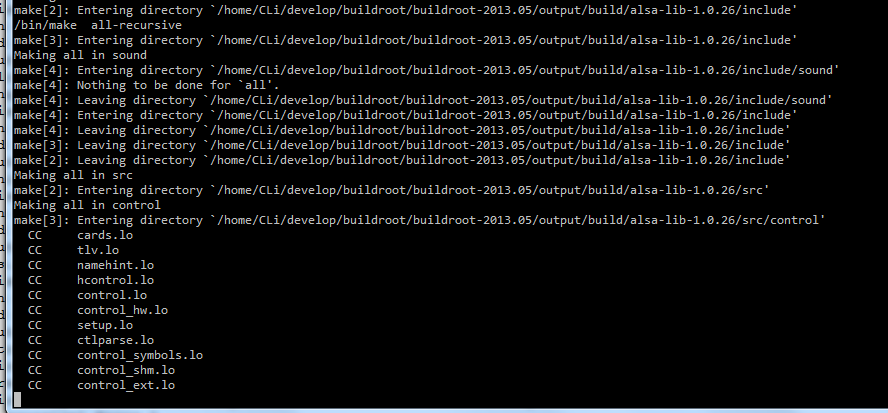
c:v copy -b:v 32000k -preset faster -x264opts keyint=50 \ thread_queue_size 16384 -i /dev/video0 -f alsa -ac 1 \ ffmpeg -y -f v4l2 -input_format mjpeg -framerate 30 -video_size 1920x1080 \ This is the command I use to make the stream go to the fifo and jpgs. The input to the capture card is television via HDMI. I'm trying to both pass my capture card's input ( /dev/video0) through a fifo file so I can play it on the screen via omxplayer (1080p/30fps), and also grab frames of /dev/video0 out to a series of jpgs (1920x1080 right now, but I'd like it to be 640x480) so I can do analysis on it while it's being played. configure lines because I end up compiling a lot of stuff on linux and the myconfig method seems like the long way around to me.I'm using a Raspberry Pi 3B and 4 for this, neither works.

(or you can put in myconfig and run c/work/ffmpeg/myconfig.

Not sure if it is required to be that way but it worked. configure –extra-cflags-”-mnt-cygwin -mms-bitfields” –extra-ldflags=”-Wl, -add-stdcall-alias” –enable-memalign-hack –enable-shared –disable-static –target-os=mingw32_nt-6.0ĭouble - before ‘extra’ ‘enable’ ‘disable’ and ‘target’. tar.bz2 with 7zip, went down 2 levels, highlighted the 4 or 5 folders, copied them and pasted in c:\mingw.Įxtract bin and share folder to c:\msys\1.0 (allow to overwrite) Into c:/msys/1.0 so that it overwrites items in subdirs (bin, lib, etc.) I opened the. Create a file called myconfig in c:\work\ffmpeg and copy the following into it:.I’ll assume you’ve extracted them to c:\work\ffmpeg. We need to do this because ffmpeg’s configure script doesn’t work with bash 2.0.4 that comes with MSYS. Copy 2 to c:\msys\1.0 and extract it (bash.exe should go into C:\MSYS\1.0\bin).Where is your MinGW installation? -> C:/mingw It will ask you some questions which you should answer as following:ĭo you wish to continue with the post install? -> y

After MSYS installation it will run a postinstall script.Install MinGW (choose “MinGW base tools” and “MinGW make”) into c:\mingw.Get the latest snapshot of ffmpeg from here (here’s a direct link).Download updated bash for MSYS from here.We’ll start with downloading some tools of the trade and the source for ffmpeg. The best part about it is that it doesn’t depend on the codecs you have installed on your system (which is a particular nightmare on Windows-based machines).Īs for me, I was trying to extract the first image of video files to use as thumbnails in a video upload tool I’m working on. It took me the better part of a day to convince the snotty ffmpeg source code that it’s quite alright to be compiled under Windows even if it was written originally for Linux.įor those of you who don’t know what ffmpeg is and for some reason are still reading this, ffmpeg is a library of codecs for every conceivable audio and video format out there.


 0 kommentar(er)
0 kommentar(er)
